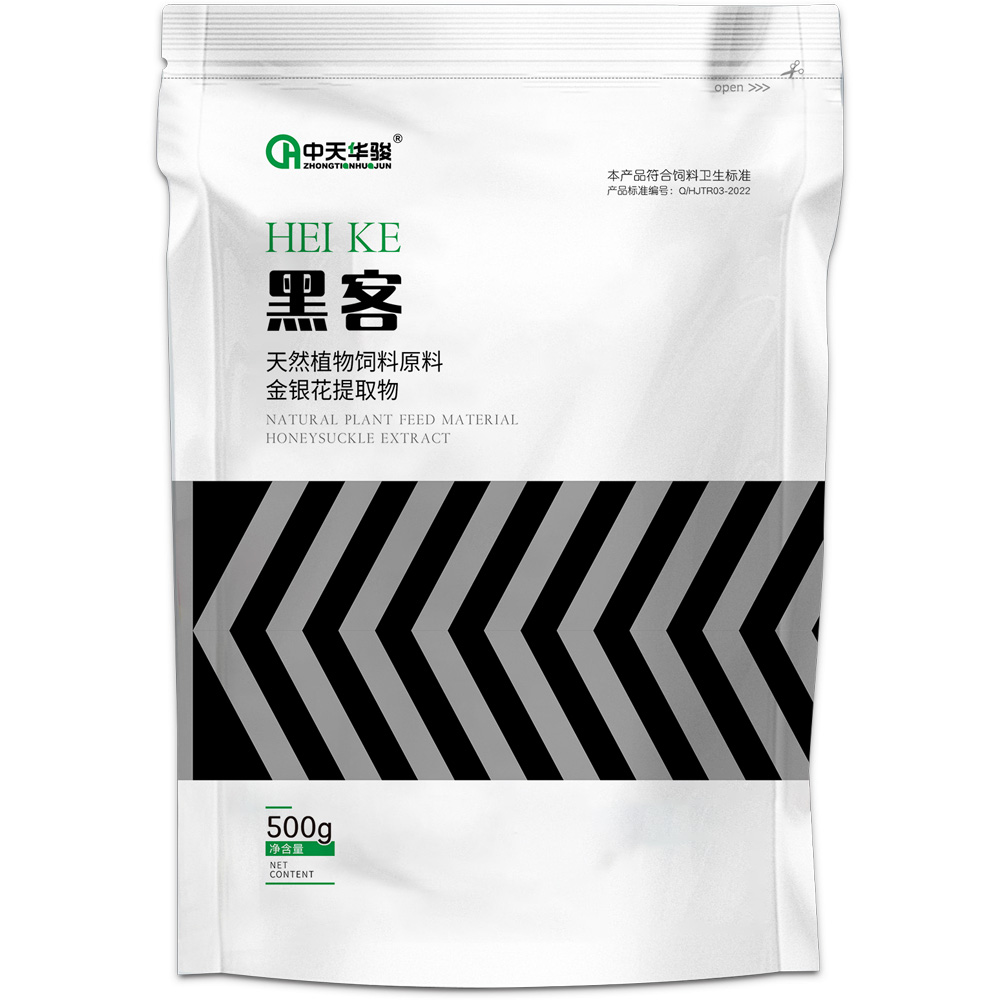
Dec . 11, 2024 08:23 Back to list
china swine fever
Understanding the Impact of African Swine Fever in China
African Swine Fever (ASF) has become one of the most significant challenges for the swine industry in China, the world's largest producer and consumer of pork. The disease, caused by the African Swine Fever virus (ASFV), is highly contagious among domestic pigs and wild boar, causing severe economic losses and food supply issues. Since its introduction to China in August 2018, ASF has devastated the country’s hog population, leading to urgent calls for effective disease management strategies.
The Origin and Spread of ASF
African Swine Fever was first identified in Africa in the early 20th century but only began to spread globally in recent decades. The disease reached China through various vectors, including contaminated feed, wild boar migration, and the movement of infected animals. The rapid transmission of ASF in China can be attributed to the interconnectedness of the swine industry and the extensive rural-urban supply chains. With over 400 million pigs, the potential for the virus to spread rapidly was significant.
Economic Impact
The consequences of ASF for China's agriculture and economy have been staggering. It is estimated that the outbreak resulted in the culling of millions of pigs, which led to an unprecedented 30% decrease in the national hog herd. The drastic reduction in pig numbers caused a surge in pork prices, exacerbating food inflation and impacting the livelihoods of farmers and consumers alike. As pork is a staple protein source in Chinese cuisine, the scarcity impacted not only domestic diets but also the overall economy, triggering concerns about food security.
Government Response
china swine fever

The Chinese government has implemented a range of measures to combat the spread of ASF. Initial strategies focused on culling infected and at-risk animals and enhancing biosecurity protocols across farms. Surveillance systems were established, and strict transportation regulations were enforced to prevent the movement of potentially infected livestock. Additionally, the government has been working to improve vaccination and treatment methods for swine diseases, and significant investments were made in research aimed at developing an effective ASF vaccine.
Challenges in Control and Prevention
Despite these efforts, controlling African Swine Fever remains a daunting task. Farmers often resort to unregulated practices, such as illegal transport of pigs and use of unapproved feed, contributing to the spread of the virus. Moreover, the lack of effective vaccines has made it challenging to protect healthy animals. The complexities of the pig farming system in China, which often includes smallholder farms, further complicate the enforcement of biosecurity measures.
Future Outlook
Looking ahead, the future of China's swine industry relies on innovation and adaptation. Developing an effective ASF vaccine is paramount to restoring the hog population and ensuring food security. Research institutions and pharmaceutical companies are actively striving to create vaccines, but the scientific and regulatory process takes time. Furthermore, promoting biosecurity measures among farmers, coupled with digital tracking systems for livestock, can help manage and mitigate outbreaks.
Conclusion
In conclusion, African Swine Fever represents a significant threat to China's swine industry and overall food security. The economic implications of the outbreak are profound, impacting both producers and consumers. While the government has taken steps to combat ASF, the ongoing challenges underscore the need for collaboration among farmers, researchers, and policymakers to develop efficient strategies for disease control and prevention. The experience gained from managing this crisis will be invaluable in building a more resilient agricultural sector capable of withstanding future challenges. As the battle against ASF continues, the focus must remain on sustainable practices and proactive measures to ensure the stability of one of China’s most vital industries.
-
Premium Immune Enhancement Products Trusted Manufacturer & Supplier Factory Solutions
NewsJul.04,2025
-
Top Hemoglobinuria Manufacturer & Supplier Reliable Hemoglobinuria Factory Solutions
NewsJun.24,2025
-
Premium Honeysuckle Products - Leading Honeysuckle Manufacturer & Supplier Factory
NewsJun.10,2025
-
Pulmonary Edema Solutions from Leading Manufacturer & Supplier Reliable Factory Price
NewsJun.10,2025
-
Red Eyes - Leading Red Eyes Manufacturer & Supplier, Premium Quality Factory Price
NewsJun.10,2025
-
Broiler Ascites Syndrome Solutions Top Manufacturers
NewsJun.10,2025




